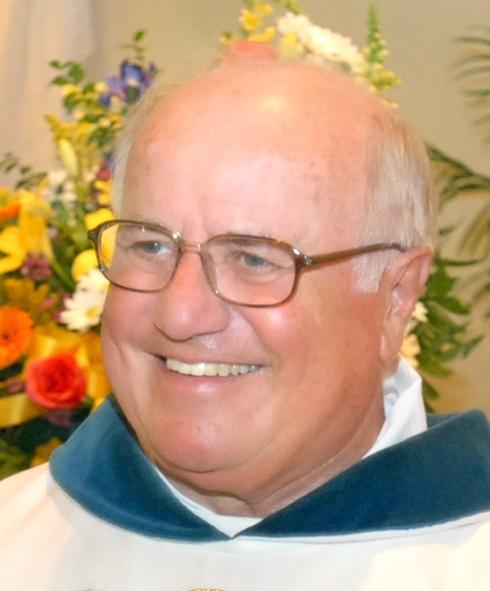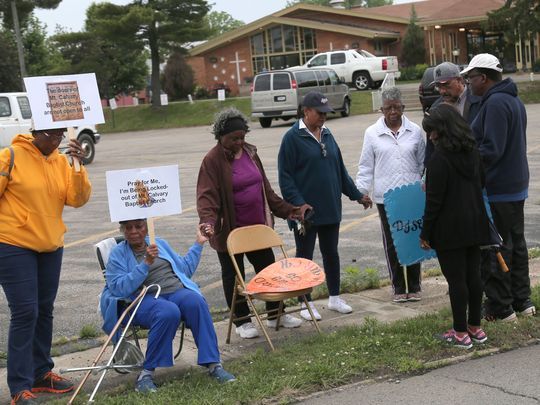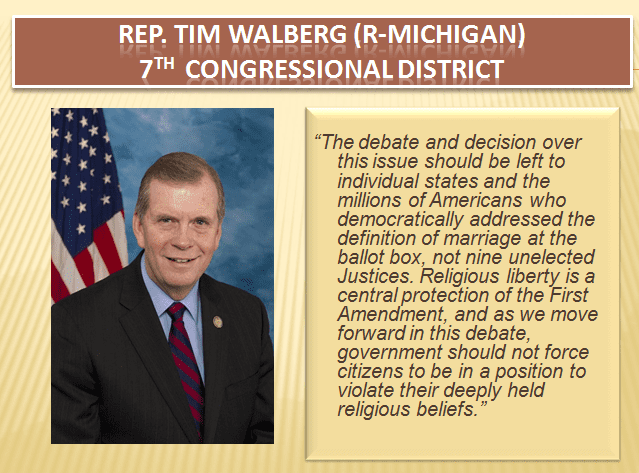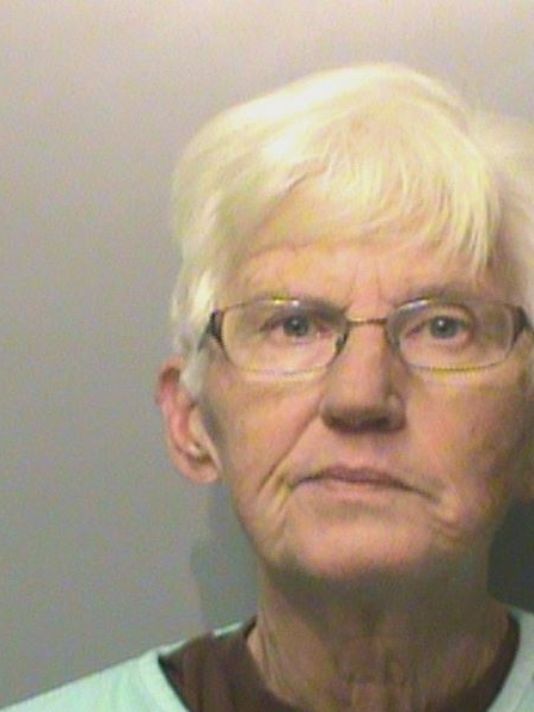
Guest post by Carol. For many years, Carol was a member of The Way. You can read Carol’s blog here.
1970s Word Over the World
In January, 1978, at the age of eighteen, shortly after dropping out of college, I got 100% involved with The Way. Back in my hometown, I moved into a “Way Home” with two other Way believers to help run Way Classes and “move the Word.” That’s what you did in a “Way Home.” I witnessed to everything that moved, sometimes going door-to-door alone. I landed a job in the laundry department of a local hospital. One of my fellow employees was my first Way recruit.
In February, 1978, I met the president and founder of The Way at a large Way gathering called a Heartbeat Festival at the Omni Hotel in Virginia Beach. I waited, alone, outside a conference room where Dr. Wierwille was meeting with the Word Over the World Ambassadors (WOWs) from the region. About midnight, he walked out of the room. I got up, walked over to him, introduced myself, and said, “I want to go WOW this year!” (WOW was The Way’s main lay outreach program, volunteers serving for one year wherever assigned by The Way.)
The next morning, I sat on the front row in the large meeting of hundreds, if not a couple of thousand, people. At the end of his teaching from the stage, Doctor pointed at me and said, “You’re going WOW. next year; aren’t you honey?” I nodded my head yes, and he said, “Have you signed up yet?” I shook my head no, and he bellowed, “Well come on up here!” He motioned his arm for me to join him on the elevated stage, which I did, and he personally signed me up to go WOW.
As I stood with him on the stage in front of the sea of onlookers, he again enthusiastically bellowed, this time to the whole audience, “Who else wants to go WOW!?!” As people came up to the stage I helped hand out the blue WOW sign-up cards.
Little eighteen-year-old me, on stage with the “man of God of the world,” our “father in the Word,” “Doctor,” as many loyal followers affectionately referred to him. I felt large and small at the same time. Privileged. Awed. Humbled. Knowing that I was doing God’s will for my life. Or so I thought.
It was almost intoxicating, but not in scary or uncontrollable way. I was high on the “love of God.” I thought there was nowhere else on earth where one could experience this unique oneness, unity of purpose, synchronicity, and more. I later came to call it “the chewy, caramel center of God’s heart.” It was almost tangible and was a feeling that would be duplicated at Way functions multiple times in the following decades.
Latter May through July, 1978
Before going WOW in August, I jumped on board with The Way’s statewide summer outreach program, WONC – Word Over North Carolina. I was assigned with three other young ladies to Fayetteville, North Carolina, where Fort Bragg is located. I got a job driving a taxi cab. We witnessed to lots of soldiers and ran one Power For Abundant Living Foundational Class.
Sometime between February and May, I had made the commitment to enter The Way’s leadership program, The Way Corps. WOW was a one-year commitment; Way Corps was a lifetime commitment. My upcoming WOW year would serve as my first year of Corps training known as the apprenticeship year. (Ministry years ran from August to August.)
August, 1978
I was commissioned, with hundreds of others, as a WOW Ambassador at the Way’s yearly festival, the Rock of Ages, held at Headquarters in New Knoxville, Ohio. (The Rock of Ages was discontinued in 1995 after twenty-five years.)
I was sent to Milwaukee, Wisconsin, and was designated a WOW Family Coordinator. There were four WOWs in my family, all of us barely adults – myself, another young woman, and two young men. Along with overseeing the WOW family, I oversaw our Twig Fellowship. Our WOW family was assigned with six other WOW families to Milwaukee and made up a WOW Branch, which was overseen by an 8th Way Corps trainee on his interim year assignment.
The Way was structured like a tree known as The Way Tree. The roots of the tree represented the research of God’s Word stemming from Dr. Wierwille and the research department at Headquarters. Research is what “fed the tree.” Later The Way purchased other training locations which were collectively called “root locales.” The Trunk represented a geographical country, such as the Trunk of the USA or the Trunk of Canada. Limbs were states, such as the Limb of New York. Branches were areas within a state and were typically composed of about seven Twigs. Twigs were the household fellowships held in Way believers’ homes. An individual believer was sometimes referred to as a Leaf. The Twig is where believers spent most of their time as far as Way meetings were concerned. A common phrase at that time was, “Life is in the Twig.” In the mid-1990’s, the term “Twig” was replaced with “Household Fellowship.” (Click here to listen to the song, Am A Leaf by one of the popular Way bands of the 1970’s.)
My WOW family lived in a small, run-down apartment on the East Side near Lake Michigan and the University of Wisconsin. We spent a lot of time witnessing on campus. Through the year, I worked part-time jobs as an office assistant, a bus girl at a restaurant, and an ice cream cart driver selling frozen treats on the East Side.
One of my WOW brothers was my boyfriend. We had met at the end of Summer Outreach in North Carolina and had sat together through the teachings and the WOW commission at the Rock, never imagining that we would be assigned to the same WOW family. We were both stunned when we opened our assignment envelopes. He was kind of pissed because, since he was the man, he thought he should be the Family Coordinator. I was concerned because we both had raging teenage hormones. He was 18. I was 19.
Shortly after opening our assignment envelopes, our WOW Branch gathered so we could all meet each other. At that time, I privately told our Branch Leader that my WOW brother and I couldn’t be together; we were in love. There was no way we could concentrate on our commitment to God if we lived together in the same house. Our Branch Leader took my request up the Way Tree to higher leadership. The verdict came back – we were to stay together. The assignments were inspired by God.
I got pregnant within a couple months and got an abortion. I traveled to Madison, Wisconsin, where our Limb Leaders lived, to get the abortion. My mom paid for it. I stayed in the Limb Home for a few days after the procedure. The Limb Leaders were kind, but to my recollection, we didn’t discuss the abortion. I recall feeling very alone, crying alone, and bleeding a lot. Other than my boyfriend and my Branch Leader back in Milwaukee, no one else in the Branch knew, at least that I was aware of. I returned to my WOW family like nothing had happened and went back to “moving the Word.” At that time in The Way, abortion was pretty much treated like getting a splinter removed.
Within two months after the abortion, my WOW brother was moved to a different WOW family in the Branch. But we continued as lovers, growing more fond of one other as the year went on. (Click here to read a two-part series about the WOW commission and abortion.)
In September, 1979, after the end of my 1978-’79 WOW year, I entered in-residence training with the 10th Way Corps at The Way College of Emporia in Kansas.
The WOW Ambassador and other outreach programs with The Way were on a volunteer basis with participants supporting themselves financially while doing the work of the Ministry; there was no monetary compensation from The Way. Volunteers were expected to continue to tithe from income received through their part-time secular jobs during their full-time volunteer service with The Way. As WOWs, we were to work our secular jobs twenty to thirty hours per week and do the work of the Ministry forty hours per week. (Click here to view pages from the WOW Handbook.)
When I was in Corps training, the program consisted of a first-year apprenticeship, when a trainee served closely with Way Corps, a second year in-residence at Way root locales, a third year as an interim or practicum when the trainee served wherever assigned by The Way, and a fourth year back in-residence at Way root locales. The in-residence years were work/study programs and were financed via funds solicited by the Way Corps trainee. Those who funded the trainee were called “Spiritual Partners” and agreed to a monthly or other non-tax-deductible financial donation. The Way Corps trainee was to pray for and to write to each Spiritual Partner once a month during that in-residence year.
The Way Corps training program was not an outreach program, per se, though outreach and teaching were some of the final goals as part of the “lifetime commitment to Christian service.” A Way Corps trainee could be assigned to an outreach program during the apprentice or interim years or after graduation.
The in-residence years included an outreach exercise called Lightbearers. Trainees would live in the field with Way believers for two weeks and help recruit enough people for the area to be able to run The Way’s Foundational Class.
As an outreach exercise, Corps trainees would sometimes have “witnessing” days in their local root locale communities.
The Corps program also included hitchhiking requirements where trainees were to witness to those who gave them rides and were to “believe God” to arrive at assigned destinations within given time frames. I hitchhiked over four thousand miles while in The Way Corps. On one of my hitchhiking assignments, from Kansas to New Mexico, my partner and I did not arrive at our destination in the allotted time frame. We had missed it by four minutes. We had to turn right around and hitchhike back to Kansas from New Mexico. (Click here to read a transcript from my 13th Way Corps personal journal detailing that excursion.)
Through my Corps years I spent time at three of The Way’s root locales in Kansas, Indiana, and Ohio. I spent a couple of weeks in New Mexico at The Way’s L.E.A.D. Outdoor Academy. L.E.A.D. stood for Leadership, Education, Adventure, Direction and was The Way’s wilderness, rock climbing program, which I thoroughly enjoyed. I did not spend any Corps time at The Way’s root locale in Gunnison, Colorado. (The Way sold its Kansas and Indiana properties in the 1990’s after losing followers en masse. At some point, The Way also sold the L.E.A.D. property in New Mexico. The Way kept its Headquarters in Ohio and The Way Family Ranch in Colorado.)
Though I spent over four years in Way Corps training I never graduated. I left the program, not once, but twice, midstream in the training, both times during my interim years. To break one’s Corps commitment was akin to a Judas’ betrayal.
Yet, for the most part, I loved my in-residence years at the “school of the prophets” and was successful through that part of the training. In-residence, our lives were scheduled for us. We seldom had “free time.” I believed that I was in the center of God’s will and heart. I felt I was in a cocoon where I was learning how to do things right so as to be better able to serve God’s people. I believe that is why most followers went into The Way Corps — to serve.
The proving years (interim/practicum) were my death of confidence. The pressure of overseeing people’s spiritual lives, of receiving revelation from God, and of bearing good spiritual fruit overwhelmed me. Externally I appeared capable and confident. But, internally, I felt an incredible urge to flee. I sought escape from an internal dissonance which was brought on by trying to run in shoes not designed to carry me, but that I believed were my duty to make fit. Or perhaps, I was trying to run from manipulation that I didn’t recognize as such.
Not only did I break my Corps commitment, I did so in an AWOL fashion which only added to the shame of my broken integrity.
I think one reason I chose an AWOL approach was because I felt that if I counseled with leadership and then disobeyed, in my confused perception, that was a more direct act of disobedience than if I just disappeared. Plus, I felt any counsel would try to talk me into staying.
For decades after breaking my Corps commitment, a dark shadow of shame followed me. I would try to understand the whys of my betrayal. Immaturity? Insecurity? Low self-image? Lack of confidence? Unrelenting standards? Fear of failure or perhaps success? Devil spirits? Character flaws?
It took me until 2016, eleven years after leaving The Way, to realize that by fleeing the Corps I didn’t break my integrity. I was actually endeavoring to keep my integrity by trying to be true to my core, to my self. But I didn’t know how. Still, I wish I hadn’t left in an AWOL fashion.
To me, the Corps was a huge commitment.
And I had broken that commitment twice.
The ensuing shadow-of-shame haunted me for decades.
Yet, all that while as I was treading the waters of life trying to keep my head above my shame, unknown to me and other followers, top Way leaders were abusing their authority, engaging in covert and rampant illicit sex with followers.
Share This Post On Social Media:






 Having been an Evangelical pastor for twenty-five years and now a card-carrying member of Satan’s atheistic horde, I have gained a bit of notoriety that attracts people doing studies about clergymen who have left the ministry and lost their faith. I am a rare duck in one respect: most men and women who leave the ministry do so when they are younger. In my case, I was fifty years old before I turned in my ministerial union card. My counselor told me that it is rare for pastors my age to walk away from a lifetime of ministry, even if they no longer believe. (Please read
Having been an Evangelical pastor for twenty-five years and now a card-carrying member of Satan’s atheistic horde, I have gained a bit of notoriety that attracts people doing studies about clergymen who have left the ministry and lost their faith. I am a rare duck in one respect: most men and women who leave the ministry do so when they are younger. In my case, I was fifty years old before I turned in my ministerial union card. My counselor told me that it is rare for pastors my age to walk away from a lifetime of ministry, even if they no longer believe. (Please read 

